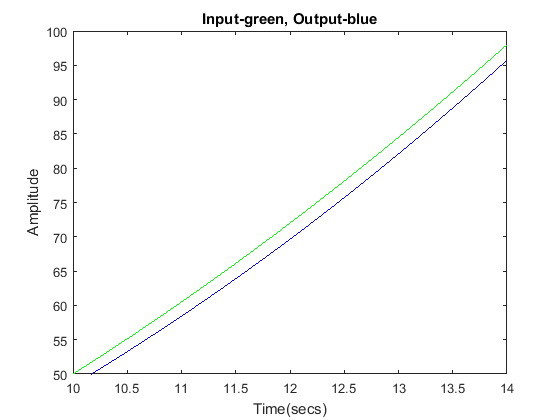Extras: Type 2 Systems Examples
Let's say that we have a unity-feedback system as shown below
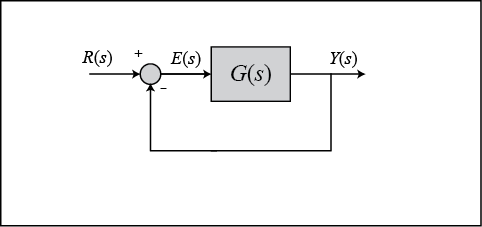
where G(s) is the following.
(1)
Note that we are using a different numerator in our transfer function than we used for the type 0 and type 1 systems in order to make sure we have a stable closed-loop system.
Let's look at the closed-loop response for this system when we use different inputs.
Step Input
s = tf('s'); G = ((s+1)*(s+3))/(s^2*(s+2)*(s+3)); sys_cl = feedback(G,1); [y,t] = step(sys_cl); u = ones(size(t)); plot(t,y,'b',t,u,'g') axis([0,48,0,2]) xlabel('Time(secs)') ylabel('Amplitude') title('Input-green, Output-blue')
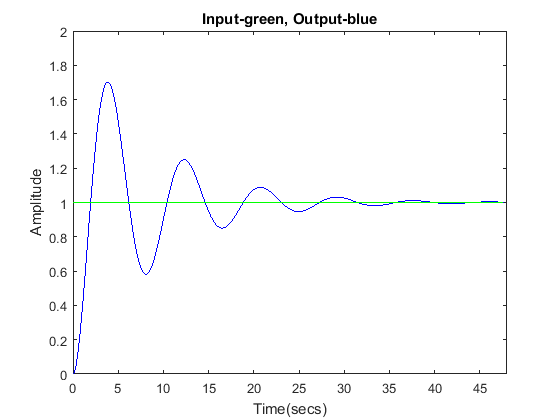
Our steady-state error is zero.
Ramp Input
s = tf('s'); G = ((s+1)*(s+3))/(s^2*(s+2)*(s+3)); sys_cl = feedback(G,1); t = 0:0.1:50; u = t; [y,t,x] = lsim(sys_cl,u,t); plot(t,y,'b',t,u,'g') xlabel('Time(secs)') ylabel('Amplitude') title('Input-green, Output-blue')
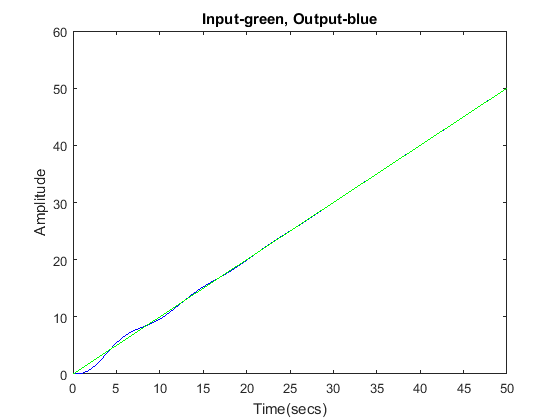
Our steady-state error is zero.
Parabolic Input
s = tf('s'); G = ((s+1)*(s+3))/(s^2*(s+2)*(s+3)); sys_cl = feedback(G,1); t = 0:0.1:20; u = 0.5*t.*t; [y,x] = lsim(sys_cl,u,t); plot(t,y,'b',t,u,'g') xlabel('Time(secs)') ylabel('Amplitude') title('Input-green, Output-blue') %
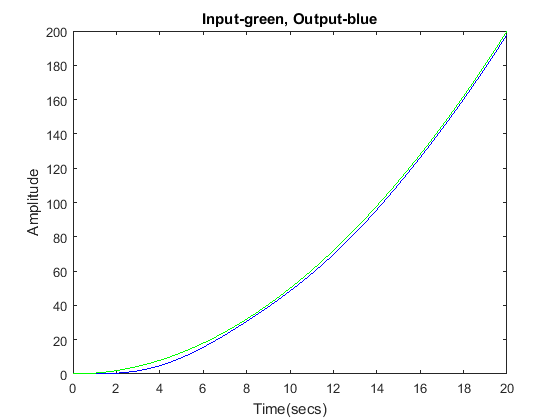
Our steady-state error is constant, but it's kind of hard to see. Therefore, we will zoom in to examine this steady-state error.
axis([10,14,50,100]) xlabel('Time(secs)') ylabel('Amplitude') title('Input-green, Output-blue')
